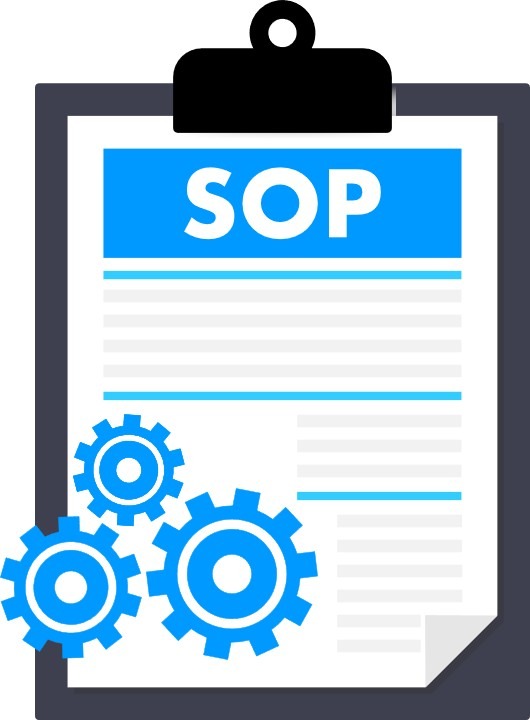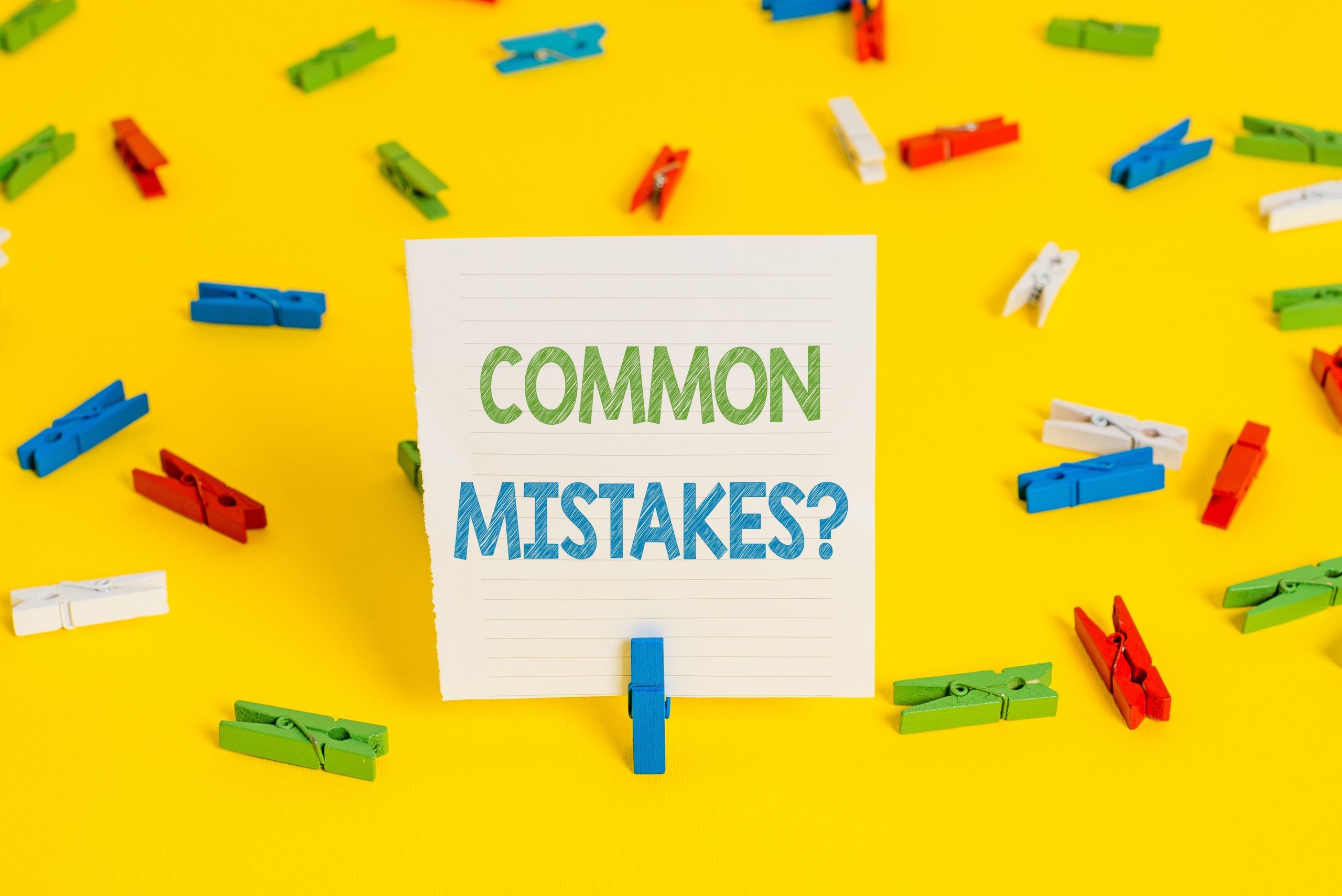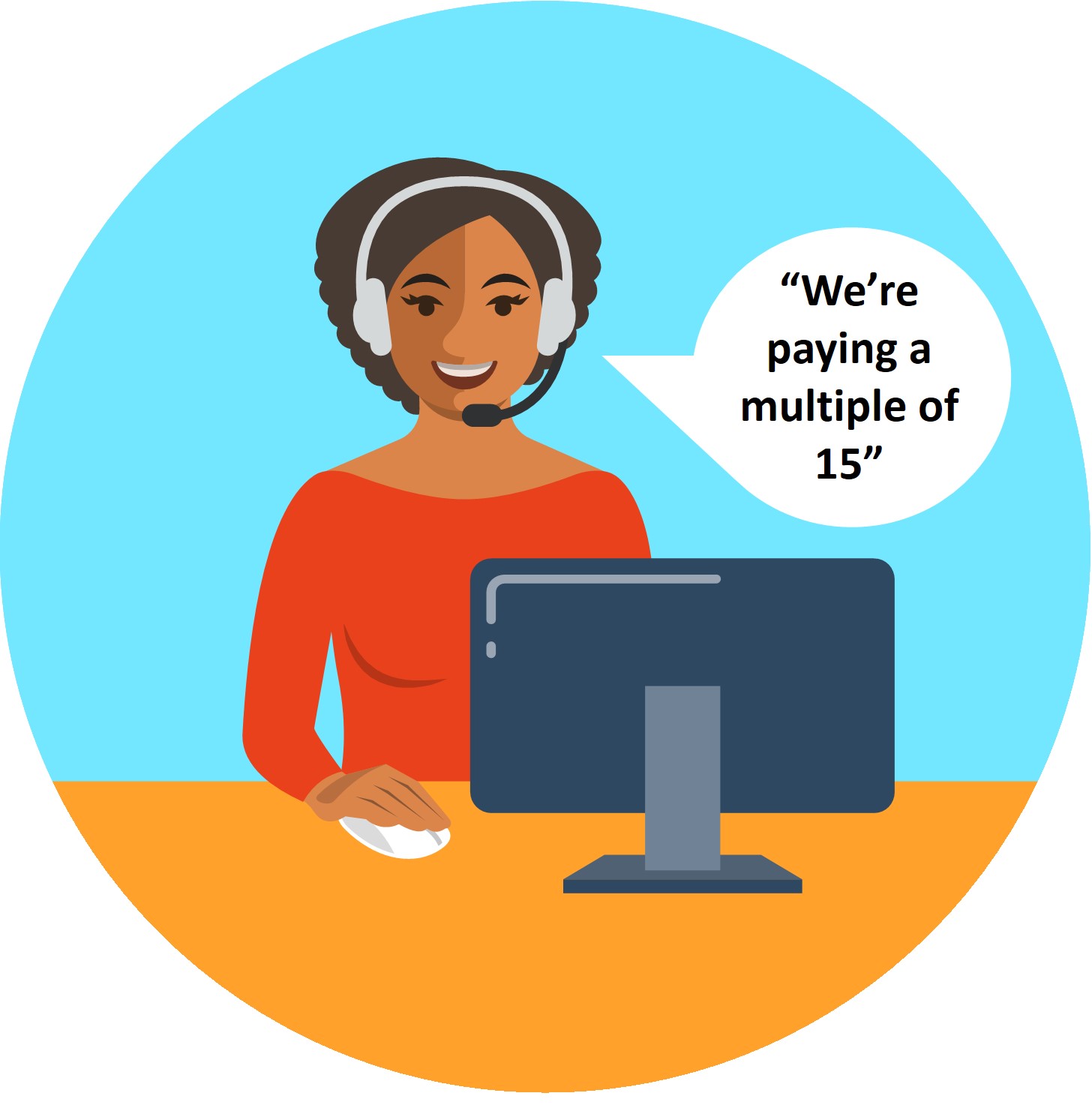Using Standard Operating Procedures in Your Child Care Business

Standard Operating Procedures (SOPs) are critical documents that should be implemented in every business, including child care. SOPs provide detailed instructions on performing specific tasks within your business. They ensure consistency, quality, and efficiency and are essential for maintaining operational standards. In most child care businesses, there will already be some SOPS—for instance, fire drill procedures, evacuation procedures, or shelter-in-place guidelines. Most state child care licensing  regulations require several very specific guidelines or procedures to ensure the safety of children and that responses in an emergency go smoothly due to the written and often practiced operating procedures.
regulations require several very specific guidelines or procedures to ensure the safety of children and that responses in an emergency go smoothly due to the written and often practiced operating procedures.
Beyond the written procedures required by licensing, we encourage you to develop SOPs that cover almost every aspect of your child care business’s operation—not just those required by licensing—as part of your best practices. Using SOPs in other parts of your child care business will serve several essential functions.
First and most importantly, SOPs provide consistency, ensuring that tasks are performed similarly, regardless of who is completing the task. SOPs provide excellent ” ready-made” training materials for onboarding new employees, quick refresher training for staff meetings, and as a reference for employees as needed. SOPs help maintain standards and provide quality control measures. Labor shortages are common in child care – using SOPs to increase efficiency and productivity is a big bonus. Every child care business can benefit from implementing SOPs that increase efficiency, streamline processes, reduce errors, and increase productivity. One of the primary goals of every child care business owner should be to have well-trained, knowledgeable employees who can complete their job functions and address issues efficiently and effectively. SOPs help meet this goal by allowing employees and management teams to handle day-to-day operations with less oversight and child care business owner assistance.
Steps to Create child care SOPs
Purchase a large three-ringer binder with some index tabs—a paper copy of each SOP will be placed in the most appropriate index category. You may also want to create a digital copy and store it in a specific folder on a front desk computer. However, do not make the digital copy the only way to access the SPOs. Too often, when in a hurry, finding the right computer, locating the correct folder, and then determining the needed SOP in digital format is too challenging and time consuming. A far better option is having a hard copy of each SOP in a well-organized three-ring binder, always located in the same place (behind the front desk, on the table in the Directors’ office).
Start by getting your staff involved in the process. Without staff buy-in, very few long-term initiatives are accomplished. Including staff in the process is the best way to ensure compliance and long-term success in creating and maintaining SOPs. A great way to do this is to create a contest with associated bonuses, prizes, and a party – some reward tied to a timeline, milestones, or target completion date. Dividing employees into small groups and assigning a specific category to each group works well to keep staff focused and organized. For instance, the “Facilities” group would be responsible for determining the SOPs needed for everything regarding “Facilities,” i.e., what to do when the HVAC is not maintaining the appropriate temperature in the two-year-old room.
Clearly articulate the purpose of each SOP. What are the goals? What standards must be met? This will guide the structure and content of the document. Each SOP should be tied to a specific need and have a standard outline for completing a specific action or solving a specific problem.
Each SOP must have written detailed step-by-step instructions for each process. Ensure clarity and simplicity, avoiding jargon and complex language. Include any necessary diagrams, images, or flowcharts to illustrate the steps. Review each SOP with all staff members to ensure the information and instructions are easy to understand and follow. Remember, the goal of having SOPs is to allow anyone – even the new temp that arrived this morning – to read and follow the steps to accomplish the desired task and outcome.
Creating SOPs is not a “one-and-done” event. As SOPs are implemented, rewriting, adding supplemental information, and discovering the need for additional SOPs will be ongoing. It is often easier to update and correct information in SOPs as needed instead of having an annual review. Taking a few minutes to make a change or two to a specific SOP when needed is a far better approach.
What should be included in a child care SOP?
 A standard operating procedure should all follow a standard format (form, layout, design, template) and include the following elements:
A standard operating procedure should all follow a standard format (form, layout, design, template) and include the following elements:
- Title: Indicate the procedure’s name. For example, Maintaining Classroom Temperature.
- Objective: Explain the purpose of the SOP.
- Scope: Define the boundaries and applicability of the procedure.
- Responsibilities: Outline who is responsible for executing and overseeing the procedure (Director, Assistant Director, or Lead Teacher)
- Detailed Instructions: Provide step-by-step guidance on how to perform the task. (i.e., check the temperature setting, see if the classroom’s HVAC is operating, the degree to which the temperature varies from the appropriate temperature, and what steps should be completed next.
- References & Additional Information: List any documents, tools, or additional information and materials that may be needed.
Child care business owners should not overlook the value of creating standard operating procedures (SOPs) for all aspects of the business. SOPs allow the owner to focus on more critical aspects of business management rather than stopping multiple times a day or week to answer the same questions or personally address things that pop up routinely in child care. SOPs empower employees and management teams to handle more things without the owner’s assistance, enhancing consistency, efficiency, and quality while supporting greater productivity and your business’s success.




